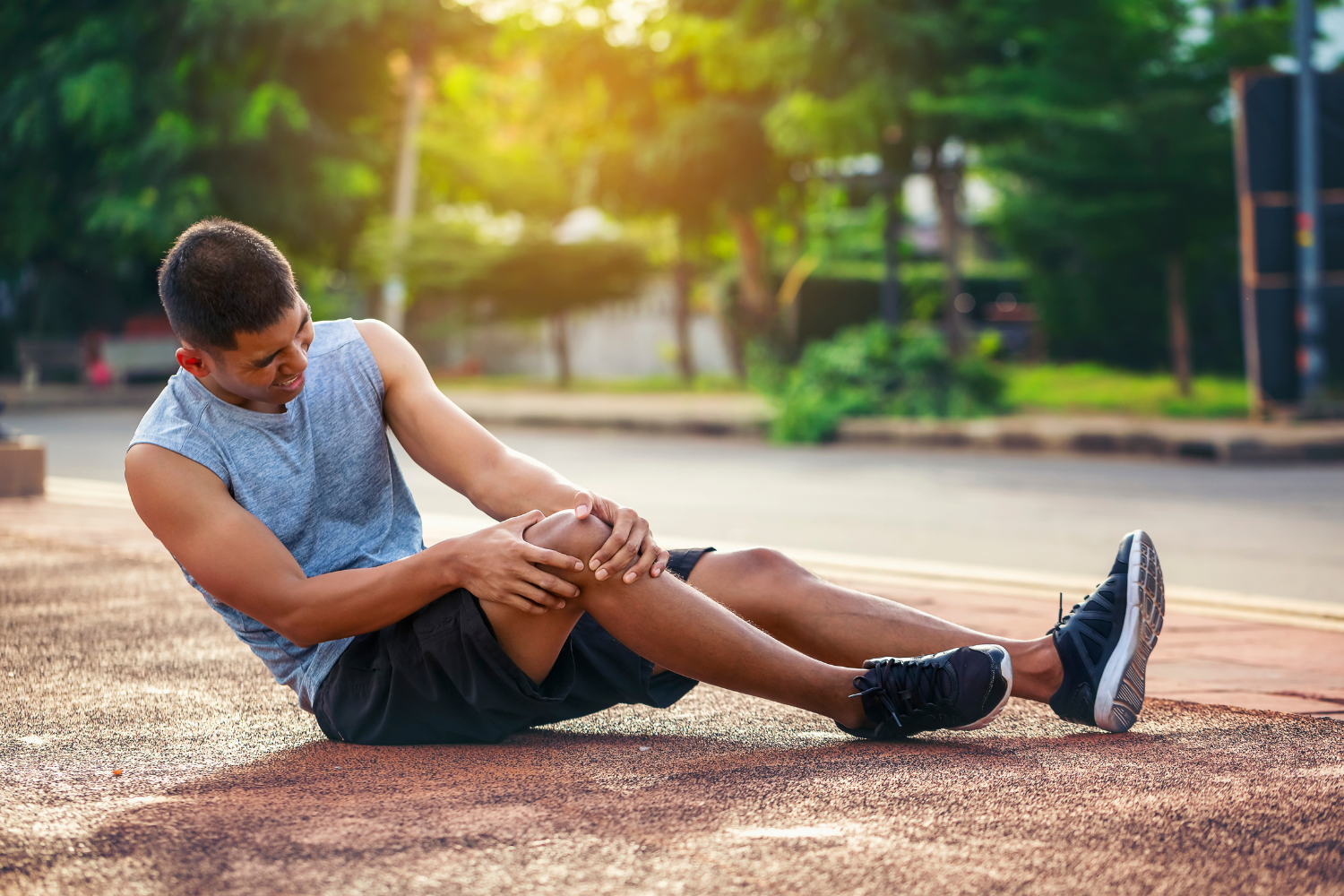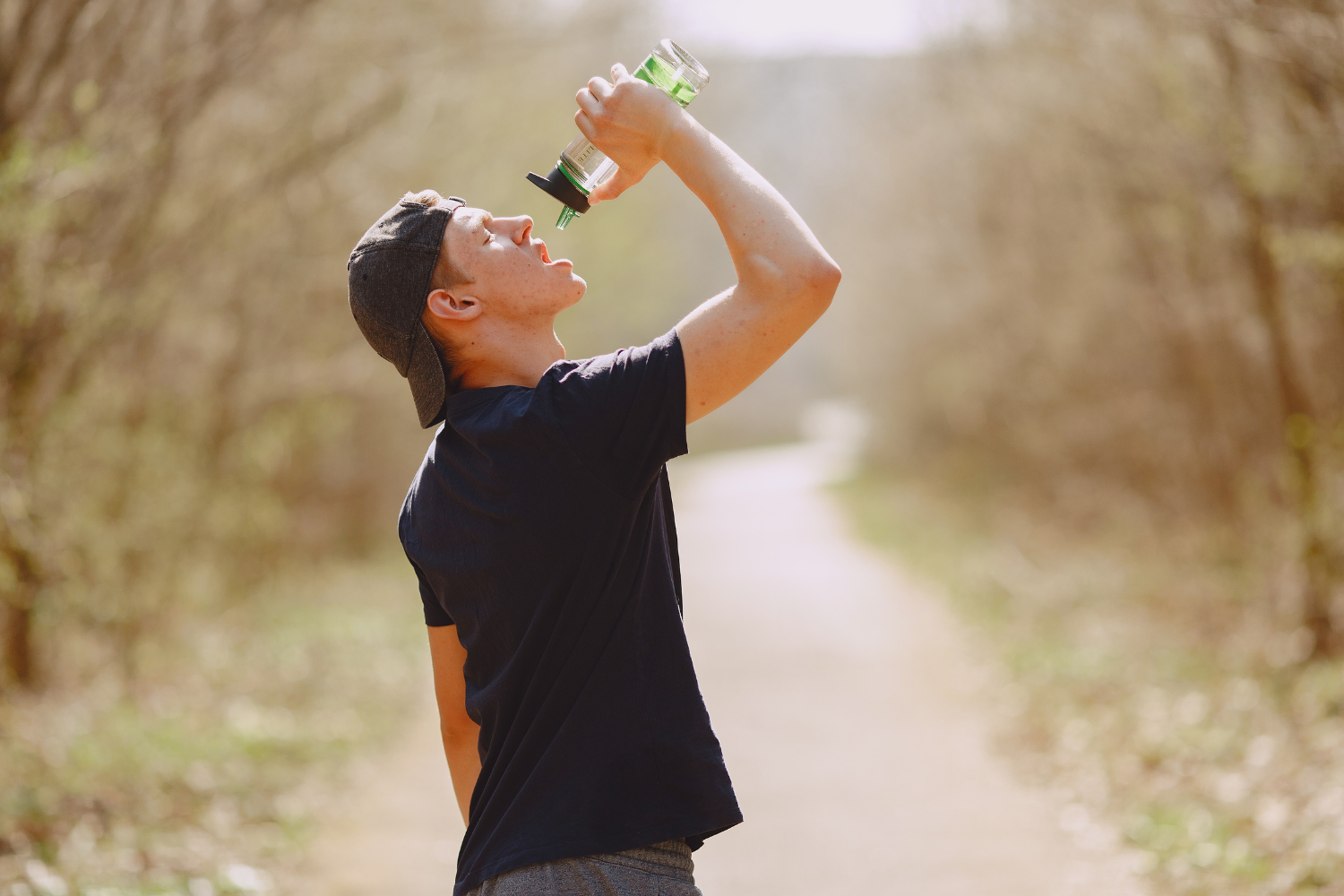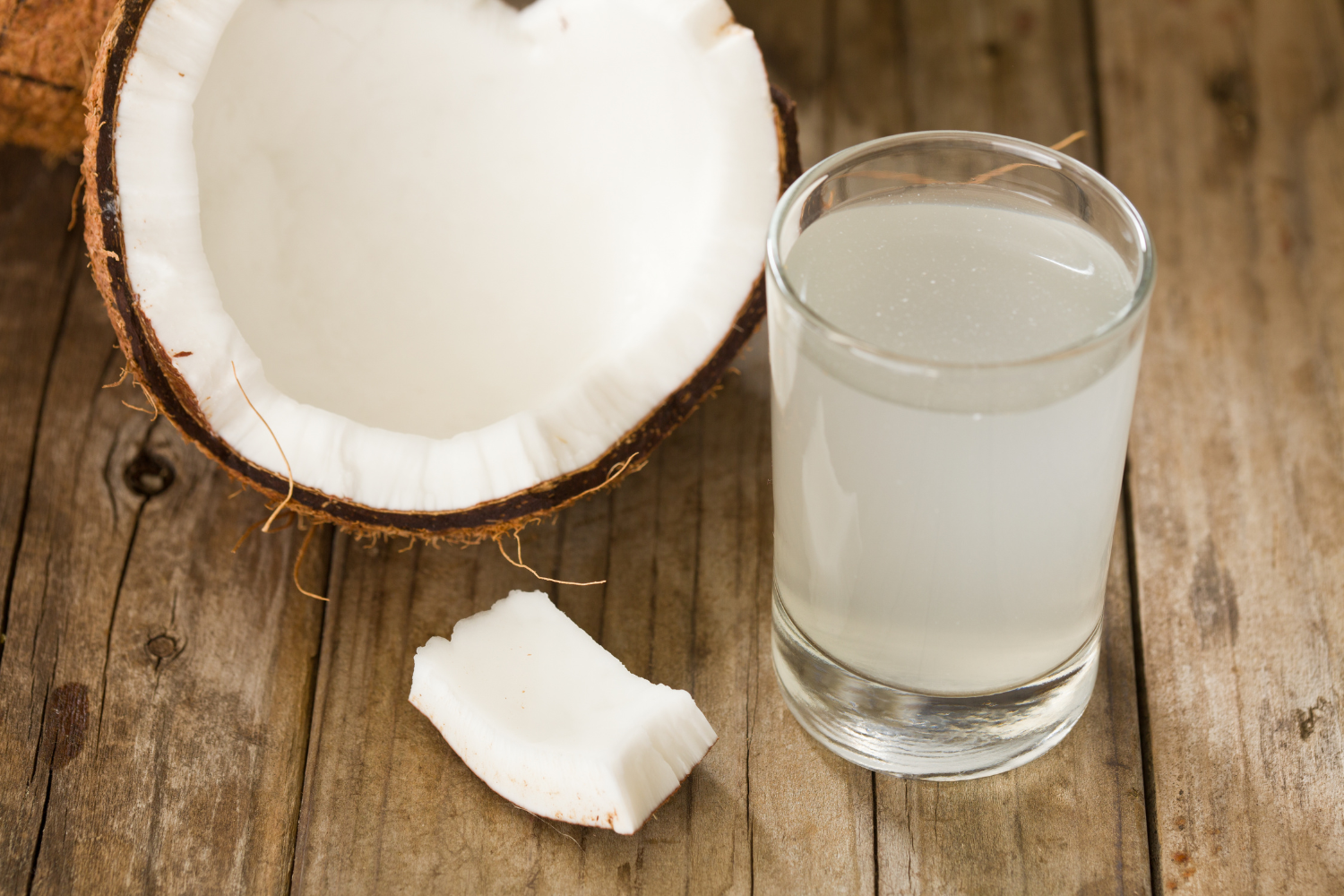Electrolyte powders, electrolyte drinks, and electrolyte supplements have become a daily staple for many people, but deciding if they belong in your routine depends on your health and activity levels. Electrolytes are essential minerals, such as sodium, potassium, and magnesium, that carry an electrical charge and support fluid balance, muscle contraction, nerve signaling, and normal heart rhythm. Certain electrolytes like calcium also play roles in physiological processes such as vascular tone and blood coagulation.
These minerals are lost through sweat, illness, and even normal fluid levels shifting throughout the day. Inadequate electrolyte intake may be associated with symptoms such as fatigue or muscle cramps, particularly in people experiencing fluid loss. The sections ahead explain how to spot when electrolytes are running low, when regular electrolyte supplementation may help, and how to replenish electrolytes safely without getting too many electrolytes.
What Are Electrolytes and Why Do We Need Them?
Electrolytes are essential minerals that keep the body’s fluid balance steady and hydration status on track. They support muscle and nerve function, which are essential for physical performance and recovery. Sodium, potassium, magnesium, and other electrolytes work together to regulate heart rhythm, blood pressure, and blood clotting.
Having enough electrolytes matters, but taking in extra electrolytes does not always mean better performance or health. Too many electrolytes can disrupt the body’s fluid levels, showing why balance is more important than excess.

What Are the Symptoms of Low Electrolytes?
Low electrolyte levels can affect your body in subtle ways at first and then progress to more noticeable problems if they aren’t addressed. Recognizing early changes may help guide hydration and dietary choices that support electrolyte balance.
Early warning signs
Mild symptoms can show up when electrolyte levels dip, even if you’ve only lost electrolytes through normal daily activity.
-
Headache that doesn’t improve with plain water
-
Persistent fatigue or low energy
-
Strong or frequent thirst
Exercise-related signs
During strenuous exercise or intense workouts, electrolytes lost through sweat can cause noticeable changes in how your body feels.
-
Muscle cramps that interfere with movement
-
Dizziness or lightheadedness after activity
-
Weakness that slows muscle recovery
When symptoms may appear faster
Electrolytes are lost more quickly in extreme heat, during a stomach bug, or after long workouts in a hot environment. Endurance athletes and people working outside are at greater risk of electrolyte imbalance because they lose fluids at a higher rate. Illness, especially when fluids are lost through vomiting or diarrhea, can also lower electrolyte levels faster and make symptoms harder to ignore.

Should You Take Electrolytes Every Day?
Daily electrolyte supplementation is not always necessary, but it can be helpful in certain situations. Your activity level, environment, and overall hydration status often determine if you should drink electrolytes every day or if plain water and a balanced diet are enough.
When daily use makes sense
Electrolyte beverages or powders are useful for endurance athletes, people who sweat heavily, or anyone working in a hot environment. Replacing electrolytes during prolonged activity or heat exposure may help maintain fluid balance, muscle function, and athletic performance.
When plain water is usually enough
For light activity on cooler days, plain water often supports hydration without the need for extra electrolytes. Eating whole foods such as leafy greens, whole grains, and other foods rich in essential minerals usually provides enough electrolytes to maintain balance during normal routines.
Risks of too many electrolytes
Taking in extra electrolytes when you don’t need them can upset your body’s fluid balance and cause stomach upset.
-
Bloating or water retention
-
Nausea from concentrated electrolyte products
-
May contribute to sensations such as palpitations in sensitive individuals.

Electrolytes vs Plain Water: Which Is Better for Daily Hydration?
Plain water is often enough for staying hydrated, but electrolyte drinks or powders play a key role when you lose fluids through sweat or illness. Using both strategically can help replenish electrolytes without adding unnecessary extra electrolytes.
|
Hydration Option |
What It Does Best |
When to Use |
|
Plain Water |
Restores fluids and supports normal hydration |
Light activity, cooler weather, or short workouts |
|
Electrolytes |
Replenish sodium, potassium, magnesium, and other electrolytes lost through sweat |
Intense workouts, extreme heat, stomach bug recovery, endurance events |
|
Smart Mix |
Combines water and electrolyte supplementation |
Balances hydration for daily needs and recovery |
How to Replenish Electrolytes Safely Every Day
Electrolytes are essential for staying hydrated, but how you replenish them matters. Relying on whole foods first and using electrolyte products only when needed helps maintain electrolyte balance and prevents excess electrolytes.
Natural food sources
Many foods naturally provide electrolytes, making them easy to include in a balanced diet.
-
Bananas for potassium
-
Nuts and seeds for magnesium
-
Leafy greens for multiple essential minerals
-
Coconut water as a natural electrolyte beverage
Electrolyte drinks and powders
Electrolyte products may support hydration following heavy sweating or temporary fluid loss. They provide other electrolytes, especially sodium, potassium, and magnesium, in a convenient powder form or ready-to-drink option.
-
Electrolyte powder mixes that dissolve in water
-
Sports drinks with added sugar for fast energy (best for elite athletes or endurance events)
-
Low- or no-added sugar electrolyte products for daily use
Serving size awareness
Portion control is important, since too many electrolytes can cause stomach upset or strain on blood pressure. Follow serving instructions on electrolyte drinks, powders, or supplements, and adjust based on your activity, hydration status, and how much sodium and potassium you already get from packaged foods or whole foods in your diet.

The Smart Way to Use Electrolytes Every Day
Electrolytes keep hydration, energy, and fluid balance on track, but daily needs depend on your activity level, environment, and diet. Paying attention to early signs of low electrolyte levels is the best guide for knowing when to drink electrolytes or add supplementation. LyteLine electrolyte products, such as LyteShow, make it simple to support electrolyte balance, replenish electrolytes lost through sweat or illness, and stay hydrated without the risks of excess electrolytes.
Frequently Asked Questions
Should I take electrolytes every day?
Daily electrolyte use is helpful for athletes, people in hot climates, or those who lose fluids often, but not always necessary for everyone.
What are the signs that I need electrolytes?
Headache, fatigue, muscle cramps, dizziness, or unusual thirst can signal low electrolyte levels.
Can I drink electrolyte water instead of regular water?
Electrolyte water can replace fluids and minerals, but plain water is still important for daily hydration.
Is it bad to have too many electrolytes?
Yes, excess electrolytes may cause bloating, nausea, or changes in heart rhythm.
Do I need electrolytes if I don’t exercise?
Most people who eat a balanced diet and stay hydrated with water usually get enough electrolytes without supplementation.
References
-
He, F. J., & MacGregor, G. A. (2009). A comprehensive review on salt and health and current experience of worldwide salt reduction programmes. Journal of human hypertension, 23(6), 363–384. https://doi.org/10.1038/jhh.2008.144
-
Casa, D. J., Stearns, R. L., Lopez, R. M., Ganio, M. S., McDermott, B. P., Walker Yeargin, S., Yamamoto, L. M., Mazerolle, S. M., Roti, M. W., Armstrong, L. E., & Maresh, C. M. (2010). Influence of hydration on physiological function and performance during trail running in the heat. Journal of athletic training, 45(2), 147–156. https://doi.org/10.4085/1062-6050-45.2.147
-
Maughan, R. J., & Shirreffs, S. M. (2008). Development of individual hydration strategies for athletes. International journal of sport nutrition and exercise metabolism, 18(5), 457–472. https://doi.org/10.1123/ijsnem.18.5.457
-
Mount D.B. (2022). Fluid and electrolyte disturbances. Loscalzo J, & Fauci A, & Kasper D, & Hauser S, & Longo D, & Jameson J(Eds.), Harrison's Principles of Internal Medicine, 21e. McGraw-Hill Education. https://accessmedicine.mhmedical.com/content.aspx?bookid=3095§ionid=265471636
-
Sawka, M. N., Cheuvront, S. N., & Carter, R., 3rd (2005). Human water needs. Nutrition reviews, 63(6 Pt 2), S30–S39. https://doi.org/10.1111/j.1753-4887.2005.tb00152.x
-
Shirreffs S. M. (2003). Markers of hydration status. European journal of clinical nutrition, 57 Suppl 2, S6–S9. https://doi.org/10.1038/sj.ejcn.1601895



